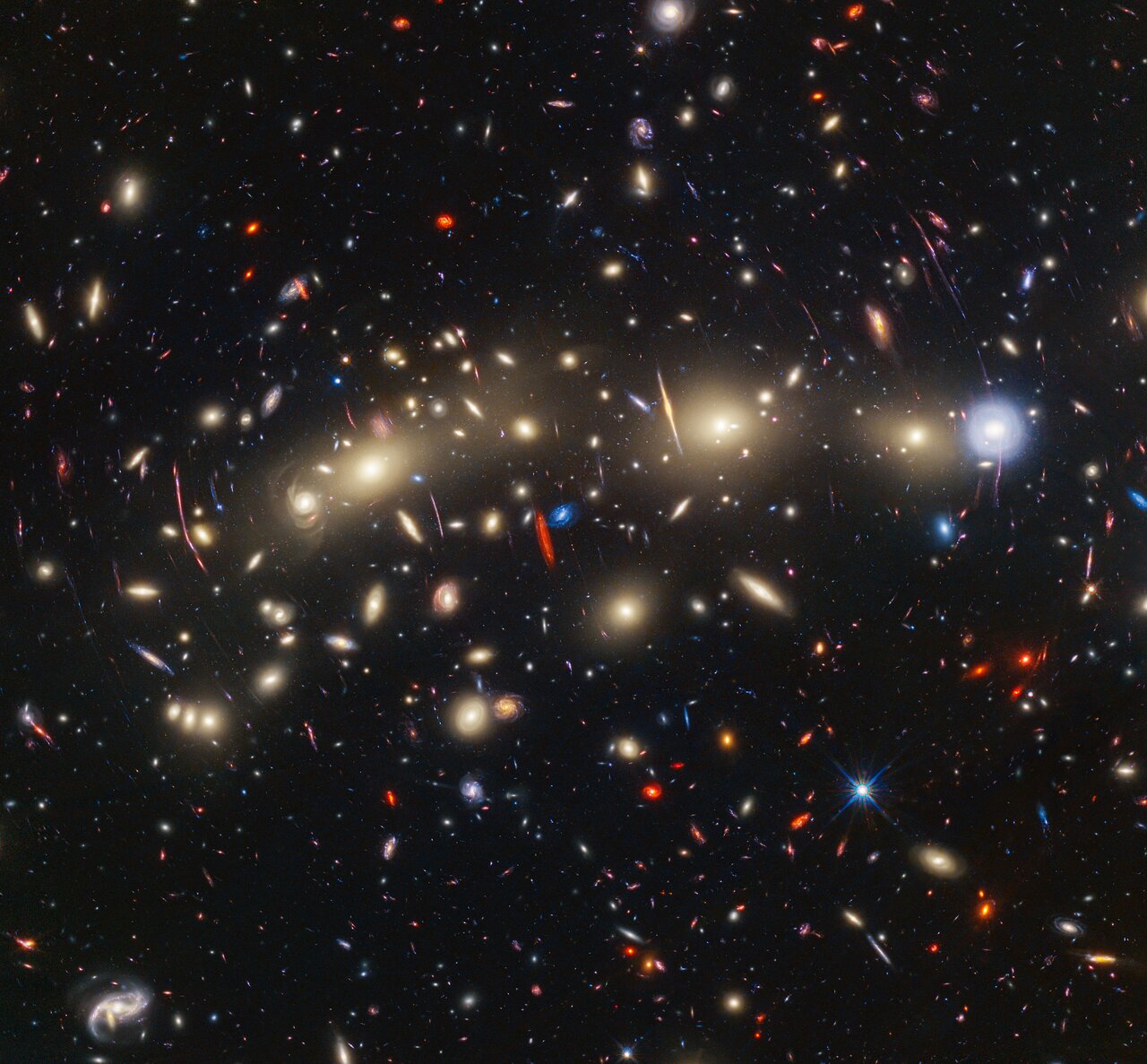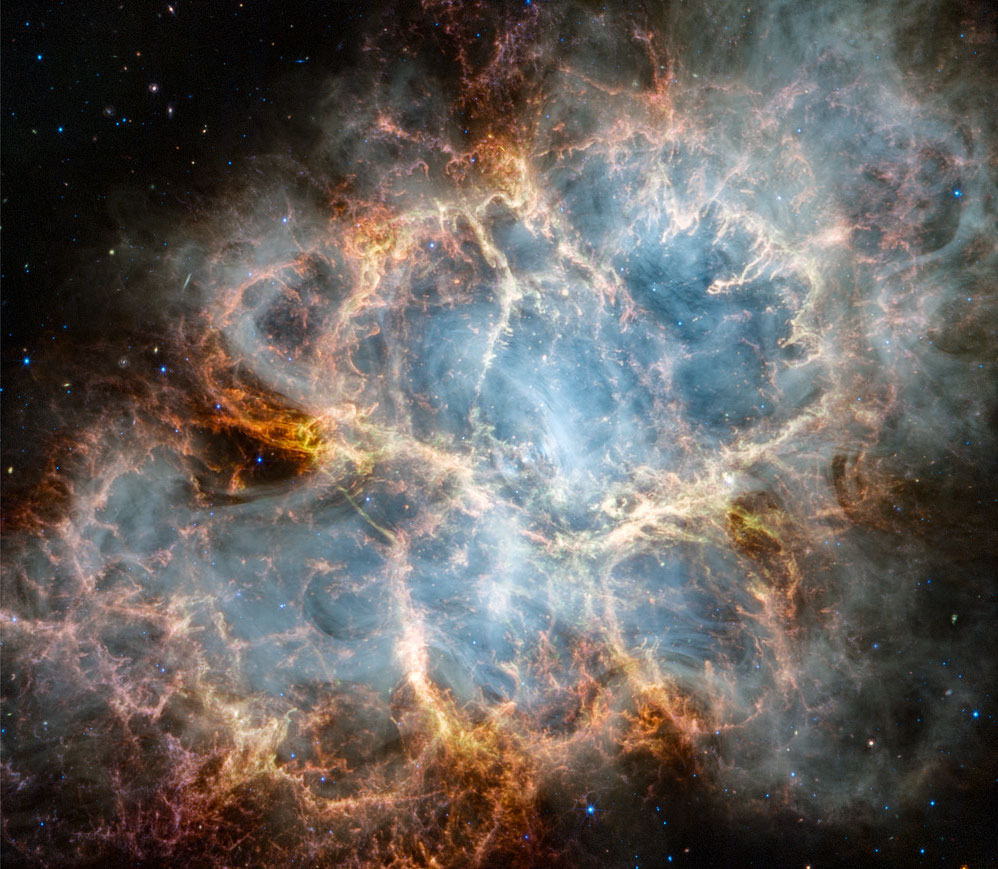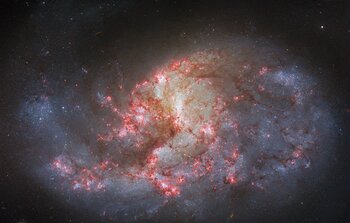Imrat Khan (17 November 1935 – 22 November 2018) was an Indian sitar and surbahar player and composer. He was the younger brother of sitar maestro Ustad Vilayat Khan.
Imrat Khan was born in Calcutta on 17 November 1935 into a family of musicians tracing its roots back for several generations, to the court musicians of the Mughal rulers. The training in music traditionally has been passed down from father to son for nearly 400 years. He belonged to Etawah gharana also known as Imdadkhani gharana of classical musicians. Imrat Khan’s father was Enayat Khan (1895–1938), recognised as a leading sitar and surbahar player of his time, as had been his grandfather, Imdad Khan (1848–1920), before him. Imrat Khan’s father died when Imrat was a child, so he was raised by his mother, Bashiran Begum and her father, singer Bande Hassan Khan. In 1944, the family moved with Vilayat Khan, Imrat’s older brother, to Bombay where both the brothers learned sitar-playing extensively from their uncle Wahid Khan. In 1952, Vilayat and Imrat moved in together in Calcutta. They performed together for many years. The two brothers were part of the first cultural delegation to the Soviet Union and Eastern Europe in 1956.
see full post...November 17th 1946 Duralde, LA
The son of Creole accordion legend Alphonse “Bois Sec” Ardoin, Lawrence “Black” Ardoin not only carried on the family’s musical traditions, but he later passed on the torch to his own son Chris, one of the most acclaimed proponents of the nouvelle zydeco sound. Born in Duralde, Louisiana in 1946, Ardoin was the second of Bois Sec‘s sons, joining his father and siblings Morris and Gustave in the Ardoin Brothers Band; originally a drummer, he took over accordion duties when Gustave was killed in a 1974 auto accident, and upon his father’s mid-1970s retirement assumed full leadership of the group. However, over time the confines of traditional Creole music stifled Ardoin, and in the early 1980s he formed a new combo, the French Zydeco Band, which also allowed him to pursue his interests in Cajun and swamp-pop sounds. In 1984, the group debuted with the LP Lawrence “Black” Ardoin and His French Zydeco Band; a long recording hiatus preceded the release of 1992’s follow-up, Hot and Spicy Zydeco. Following its release, Ardoin formed a new group, Lagniappe, which included his son Chris on accordion; as the youngster continued his creative evolution, he began leading his own unit, Double Clutchin’, which Lawrence also managed.
see full post...David Werner Amram III (born November 17, 1930) is an American composer, arranger, and conductor of orchestral, chamber, and choral works, many with jazz flavorings. He plays piano, French horn, Spanish guitar, and pennywhistle, and sings.
Amram was born in Philadelphia, the son of legal scholar Philip Werner Amram. He studied at the Oberlin Conservatory of Music in 1948–1949, and earned a bachelor’s degree in European history from George Washington University in 1952. In 1955 he enrolled at the Manhattan School of Music, where he studied under Dimitri Mitropoulos, Vittorio Giannini, and Gunther Schuller. Under Schuller he studied French horn.
see full post...Flamenco Fusion entitled Brujolerías, Witchcraft por Bulerías
see full post...This panchromatic view of galaxy cluster MACS0416 was created by combining infrared observations from NASA’s James Webb Space Telescope with visible-light data from NASA’s Hubble Space Telescope. The resulting wavelength coverage, from 0.4 to 5 microns, reveals a vivid landscape of galaxies whose colors give clues to galaxy distances: The bluest galaxies are relatively nearby and often show intense star formation, as best detected by Hubble, while the redder galaxies tend to be more distant, or else contain copious amount of dust, as detected by Webb. The image reveals a wealth of details that are only possible to capture by combining the power of both space telescopes.

Diana Jean Krall OC OBC (born November 16, 1964) is a Canadian jazz pianist and singer known for her contralto vocals. She has sold more than 15 million albums worldwide, including over six million in the US. On December 11, 2009, Billboard magazine named her the second greatest jazz artist of the decade (2000–2009), establishing her as one of the best-selling artists of her time.
Krall is the only jazz singer to have had eight albums debuting at the top of the Billboard Jazz Albums. To date, she has won three Grammy Awards and eight Juno Awards. She has also earned nine gold, three platinum, and seven multi-platinum albums.
Krall was born on November 16, 1964, in Nanaimo, British Columbia, the daughter of Adella A. (née Wende), an elementary school teacher, and Stephen James “Jim” Krall, an accountant.[3][4][5] Krall’s only sibling, Michelle, is a former member of the Royal Canadian Mounted Police (RCMP). Krall’s father played piano at home, and her mother sang in a community choir. Krall began studying piano herself at the age of four and took exams through The Royal Conservatory of Music. In high school, she was a member of a student jazz group; at 15, she began playing professionally in local restaurants. Krall won a scholarship to attend the Berklee College of Music in Boston, where she studied from 1981 to 1983, before spending time in Los Angeles to play jazz. She returned to Canada to record her first album in 1992.
see full post...
Hubert Charles Sumlin (November 16, 1931 – December 4, 2011) was a Chicago blues guitarist and singer, best known for his “wrenched, shattering bursts of notes, sudden cliff-hanger silences and daring rhythmic suspensions” as a member of Howlin’ Wolf‘s band. He was ranked number 43 in Rolling Stone‘s “100 Greatest Guitarists of All Time”. Sumlin was born in Greenwood, Mississippi, and raised in Hughes, Arkansas. He got his first guitar when he was eight years old. As a boy, he met Howlin’ Wolf by sneaking into a performance.
see full post...William Christopher Handy (November 16, 1873 – March 28, 1958) Florence, Alabama was an American composer and musician who referred to himself as the Father of the Blues. He was one of the most influential songwriters in the United States. One of many musicians who played the distinctively American bluesmusic, Handy did not create the blues genre but was the first to publish music in the blues form, thereby taking the blues from a regional music style (Delta blues) with a limited audience to a new level of popularity.
Handy was an educated musician who used elements of folk music in his compositions. He was scrupulous in documenting the sources of his works, which frequently combined stylistic influences from various performers.
see full post...Cataloged as M1, the Crab Nebula is the first on Charles Messier’s famous list of things which are not comets. In fact, the Crab Nebula is now known to be a supernova remnant, an expanding cloud of debris from the death explosion of a massive star. The violent birth of the Crab was witnessed by astronomers in the year 1054. Roughly 10 light-years across, the nebula is still expanding at a rate of about 1,500 kilometers per second. You can see the expansion by comparing these sharp images from the Hubble Space Telescope and James Webb Space Telescope. The Crab’s dynamic, fragmented filaments were captured in visible light by Hubble in 2005 and Webb in infrared light in 2023. This cosmic crustacean lies about 6,500 light-years away in the constellation Taurus.

Susie Ibarra (born Anaheim, November 15, 1970) is a contemporary composer and percussionist who has worked and recorded with jazz, classical, world, and indigenous musicians. One of SPIN’s “100 Greatest Drummers of Alternative Music,” she is known for her work as a performer in avant-garde, jazz, world, and new music. As a composer, Ibarra incorporates diverse styles and the influences of Philippine Kulintang, jazz, classical, poetry, musical theater, opera, and electronic music. Ibarra remains active as a composer, performer, educator, and documentary filmmaker in the U.S., Philippines, and internationally. She is interested and involved in works that blend folkloric and indigenous tradition with avant-garde. In 2004, Ibarra began field recording indigenous Philippine music, and in 2009 she co-founded Song of the Bird King, an organization focusing on the preservation of Indigenous music and ecology.
see full post...Kevin Tyrone Eubanks (born November 15, 1957) is an American jazz and fusion guitarist and composer. He was the leader of The Tonight Show Band with host Jay Leno from 1995 to 2010. He also led the Primetime Band on the short-lived The Jay Leno Show.
Eubanks was born into a musical family. His older brother, Robin Eubanks, is a trombonist, and his younger brother Duane Eubanks is a trumpeter. As an elementary school student, Eubanks was trained in violin, trumpet, and piano at the Settlement Music School (in Philadelphia). He later attended Berklee College of Music (in Boston, Massachusetts). Eubanks is a pescetarian and maintains a diet of fresh fruits, vegetables, grains, egg whites, and fish.
see full post...Jerome Richardson (November 15, 1920 – June 23, 2000) was an American jazz musician and woodwind player. He played the soprano saxophone, alto saxophone, tenor saxophone, baritone saxophone, bass saxophone, soprano clarinet, alto clarinet, bass clarinet, piccolo, western concert flute, soprano flute, alto flute, tenor flute, and bass flute. He played with Charles Mingus, Lionel Hampton, Billy Eckstine, The Thad Jones/Mel Lewis Orchestra, Kenny Burrell, and later with Earl Hines‘ small band.
Richardson was born in Oakland, California, and died in Englewood, New Jersey, of heart failure at the age of 79.
see full post...This luminous tangle of stars and dust is the barred spiral galaxy NGC 1385, that lies about 30 million light-years from Earth. The same galaxy was the subject of another Hubble Picture of the Week, but the two images are notably different. This more recent image has far more pinkish-red and umber shades, whereas the former image was dominated by cool blues. This chromatic variation is not just a creative choice, but also a technical one, made in order to represent the different number and type of filters used to collect the data that were used to make the respective images.
It is understandable to be a bit confused as to how the same galaxy, imaged twice by the same telescope, could be represented so differently in two different images. The reason is that — like all powerful telescopes used by professional astronomers for scientific research — Hubble is equipped with a range of filters. These highly specialised components have little similarity to filters used on social media: those software-powered filters are added after the image has been taken, and cause information to be lost from the image as certain colours are exaggerated or reduced for aesthetic effect. In contrast, telescope filters are pieces of physical hardware that only allow very specific wavelengths of light to enter the telescope as the data are being collected. This does cause light to be lost, but means that astronomers can probe extremely specific parts of the electromagnetic spectrum. This is very useful for a number of reasons; for example, physical processes within certain elements emit light at very specific wavelengths, and filters can be optimised to these wavelengths. 
see full post...
Aaron Copland November 14, 1900 – December 2, 1990) was an American composer, composition teacher, writer, and later a conductor of his own and other American music. Copland was referred to by his peers and critics as the “Dean of American Composers”. The open, slowly changing harmonies in much of his music are typical of what many people consider to be the sound of American music, evoking the vast American landscape and pioneer spirit. He is best known for the works he wrote in the 1930s and 1940s in a deliberately accessible style often referred to as “populist” and which the composer labeled his “vernacular” style. Works in this vein include the ballets Appalachian Spring, Billy the Kidand Rodeo, his Fanfare for the Common Man and Third Symphony. In addition to his ballets and orchestral works, he produced music in many other genres, including chamber music, vocal works, opera and film scores.
see full post...
Stanley Dural Jr. (November 14, 1947 – September 24, 2016), Lafayette, LA better known by his stage name Buckwheat Zydeco, was an American accordionistand zydeco musician. He was one of the few zydeco artists to achieve mainstream success. His music group was formally billed as Buckwheat Zydeco and Ils Sont Partis Band (“Ils Sont Partis” being French for “They have left”), but they often performed as merely Buckwheat Zydeco.
see full post...